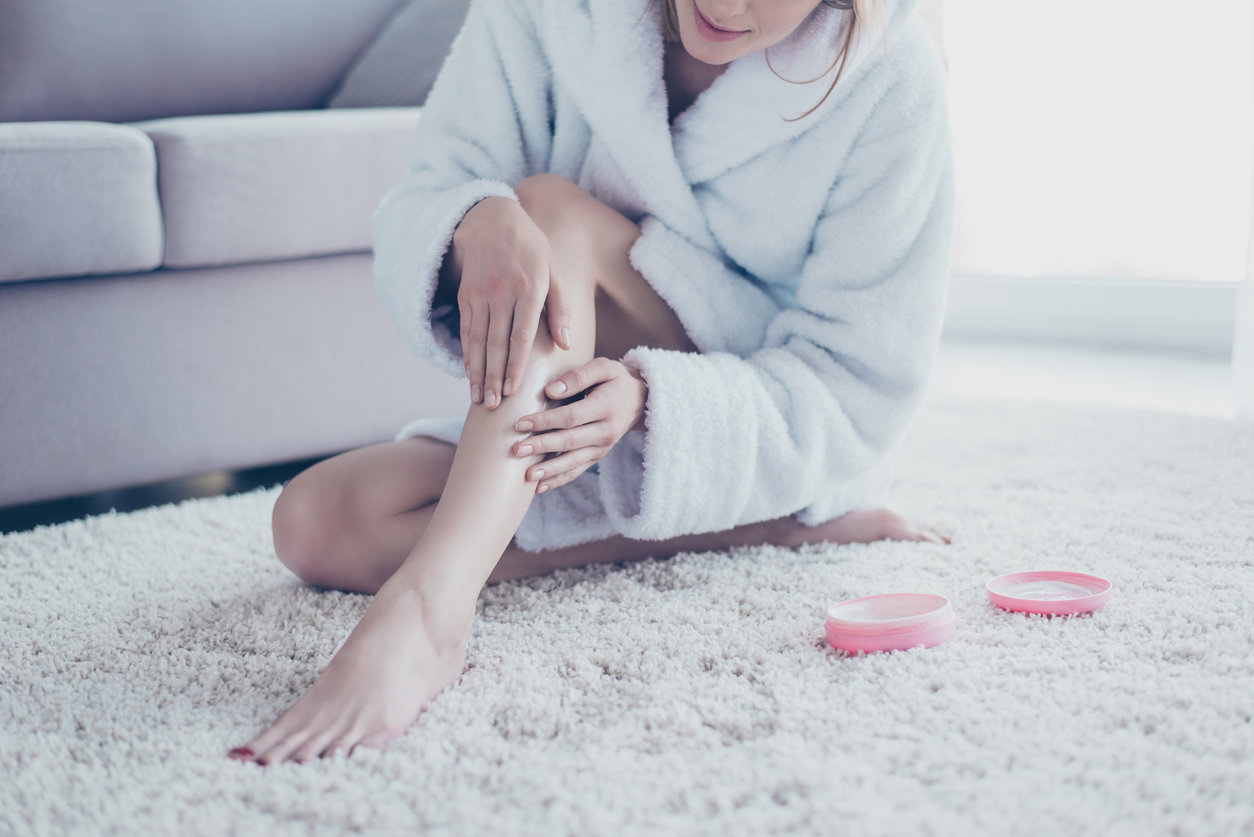
As the temperatures begin to dip and more layers of clothing are put on, it’s safe to say that skin chafing is definitely on the table, especially because it’s caused by friction and skin rubbing, which is made worse from sweating and constant movement. “Chafing is irritation that develops in the skin from chronic wrapping,” says Dr. Joshua Zeichner, director of Cosmetic and Clinical Research at Mount Sinai Hospital in New York City. “This may occur in areas where clothing rubs against the skin,” he adds. Zeichner explains that the most common area for chafing is the inner thighs, and the key to treating this pesky condition is to hydrate the skin, repair the damaged skin barrier, and to reduce inflammation.
It’s also important to review any clothing choices that can worsen chafing, as Dr. Heidi Waldorf, a member of the Women’s Dermatologic Society, says it’s important to look for soft clothing pieces that won’t irritate the skin. “Review any clothing that causes or potentially worsens the chafing — as clothing and undergarments wear, the soft protective surfaces give way to rough seams and even metal clasps,” she says. And although it seems like a visit to the dermatologist may be in order once chafing strikes, experts like Zeichner suggest there are lots of common household ingredients that can be used to help soothe this painful skin condition. Kitchen staples such as oatmeal, greek yogurt, olive oil, and even cornstarch can definitely help big time without any side effects. And even better news is that they won’t cost a pretty penny, either. To alleviate chafing at home, here are 20 soothing expert-approved natural remedies for chafing to try.
OATMEAL
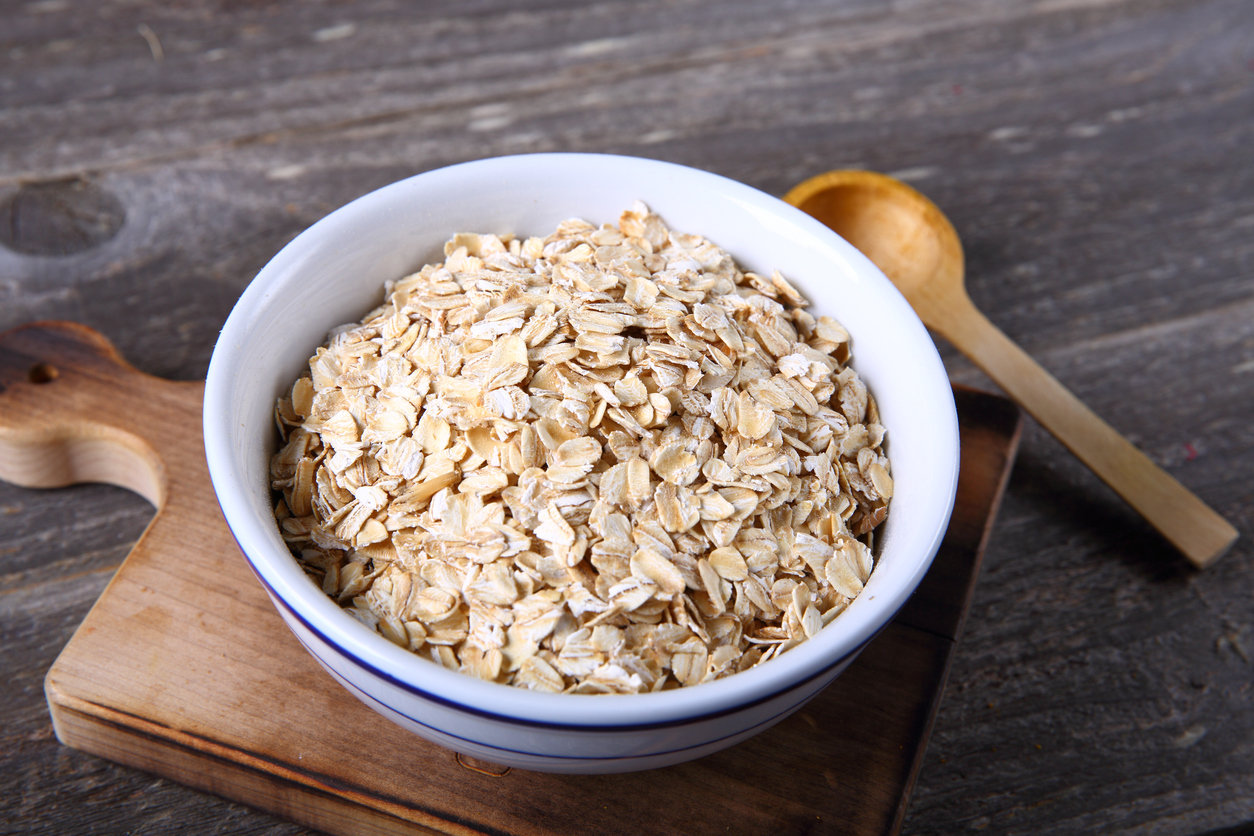
“Oatmeal has long been used as a skin treatment (or bath additive) for it’s coming and protecting benefits,” explains Zeichner. He recommends making a compress using quick oats and milk and applying it to inflamed skin areas for 20 minutes.
GREEK YOGURT
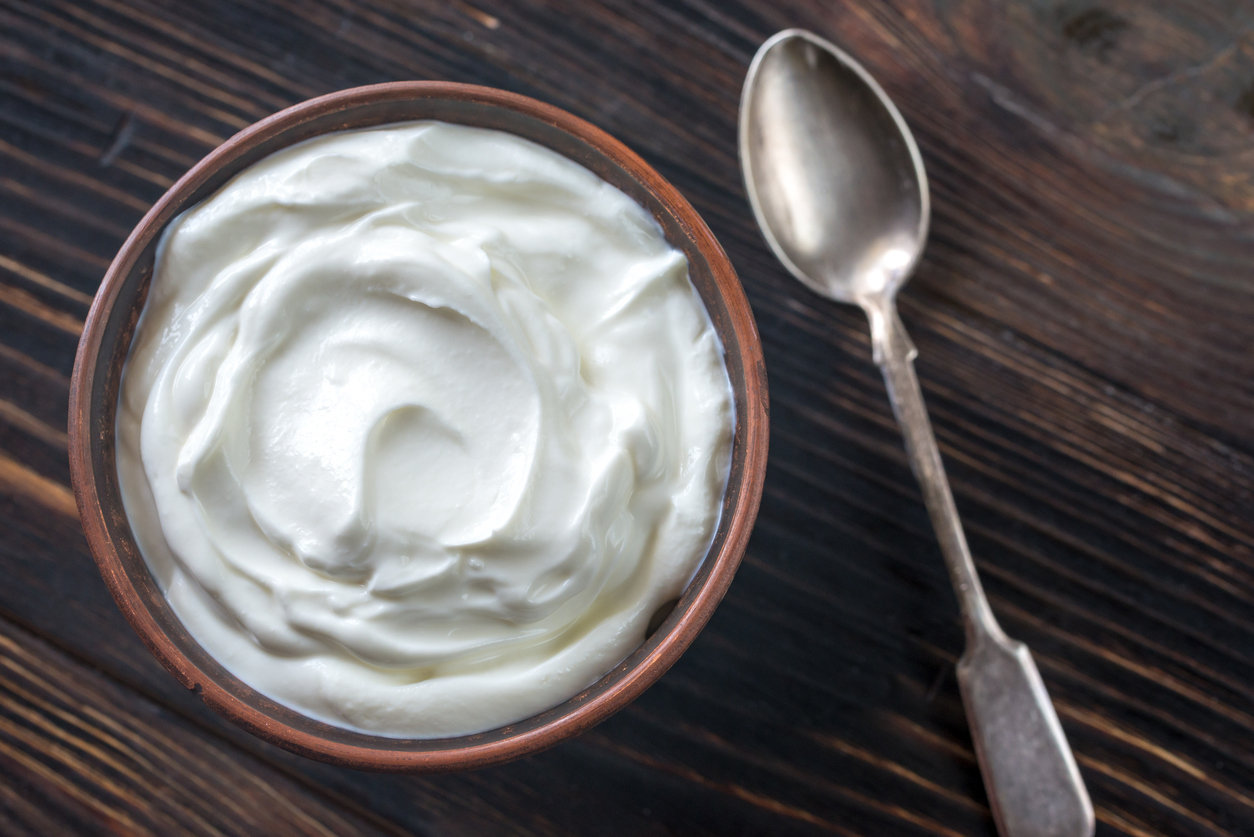
“Natural fats and proteins in Greek yogurt make it a great ingredient to calm inflamed skin,” Zeichner says. Apply to areas of chafing for approximately 20 minutes, he suggests.
TALC POWDER ALTERNATIVES
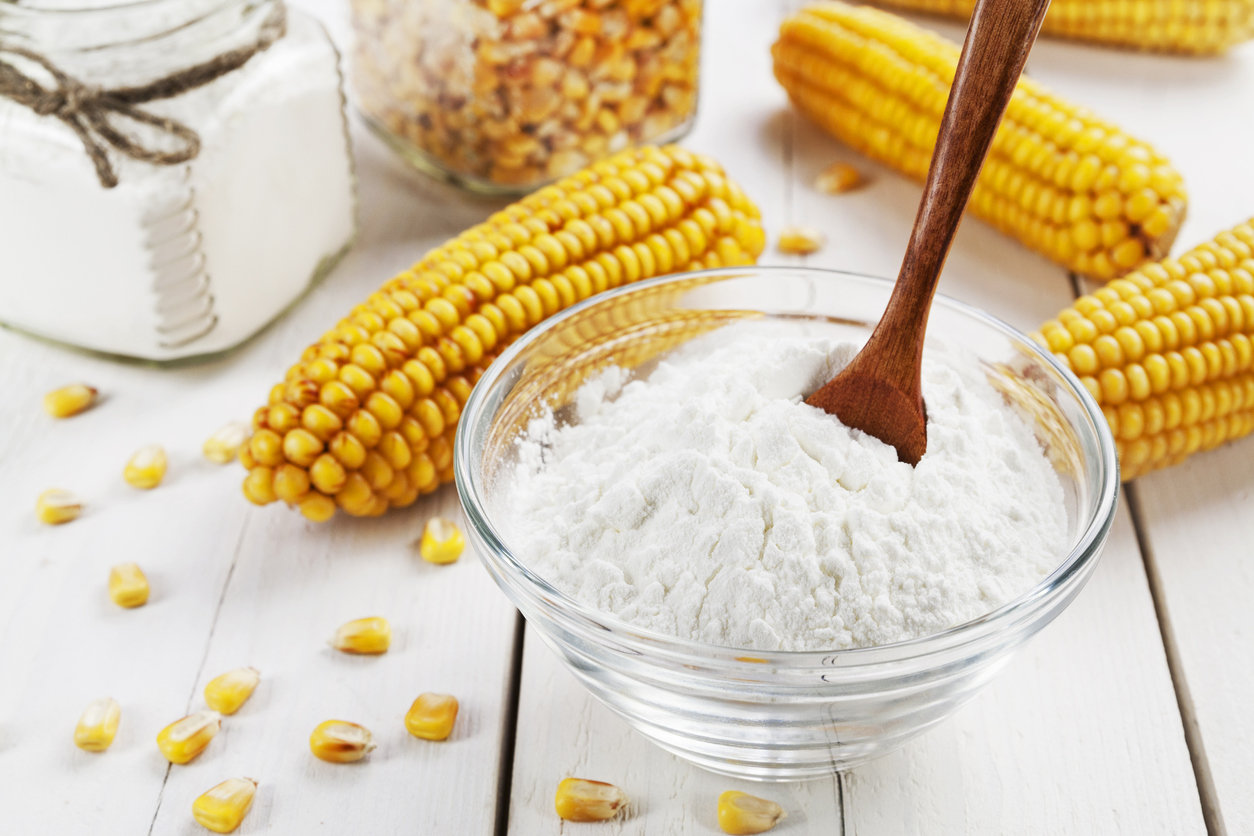
“Powdering the area before dressing can reduce friction and may absorb extra moisture,” Waldorf says. She suggests looking for talc alternatives, which include tapioca, arrowroot, and cornstarch.
ALOE VERA GEL
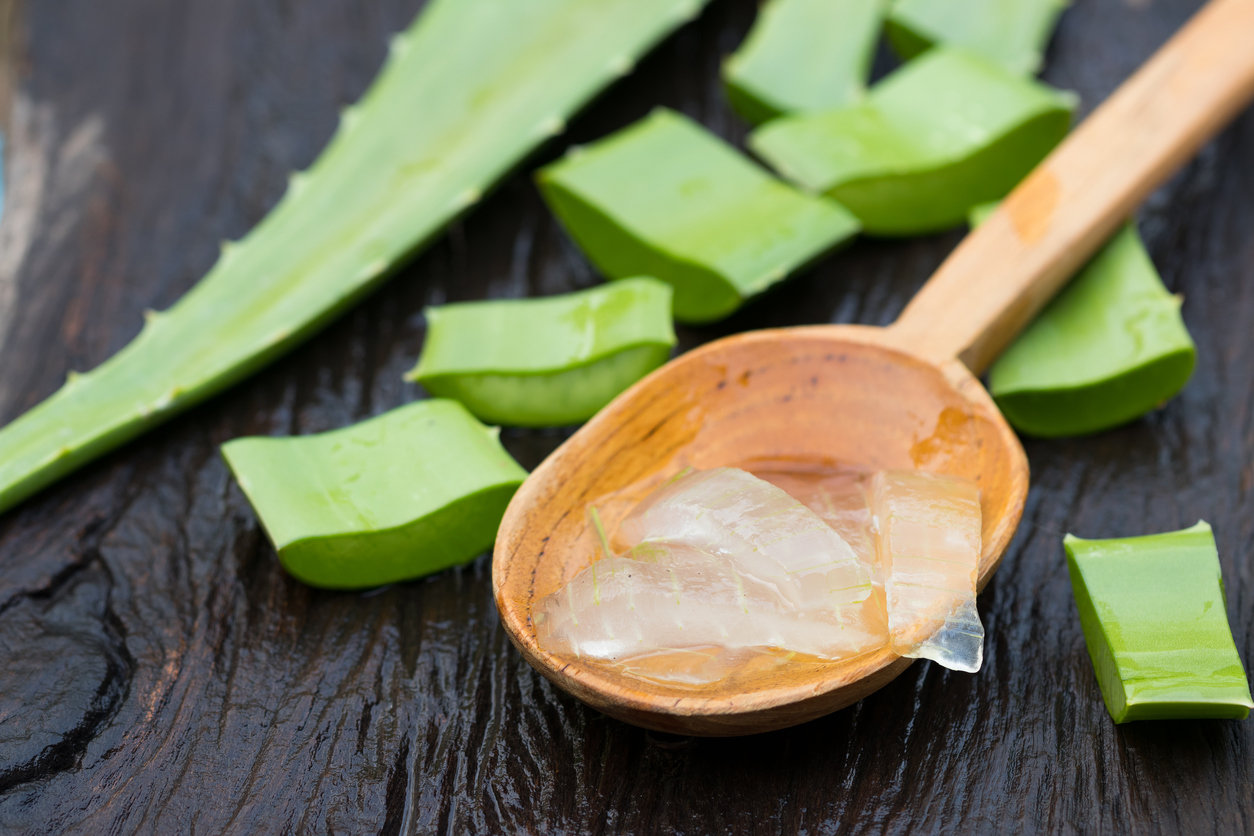
Although aloe vera gel can be very useful for treating sunburn, board-certified dermatologist Dr. Debra Jaliman says that it can also be useful in treating chafing. "Aloe vera gel can soothe irritation and heal chafing marks with continued use," she says.
VASELINE
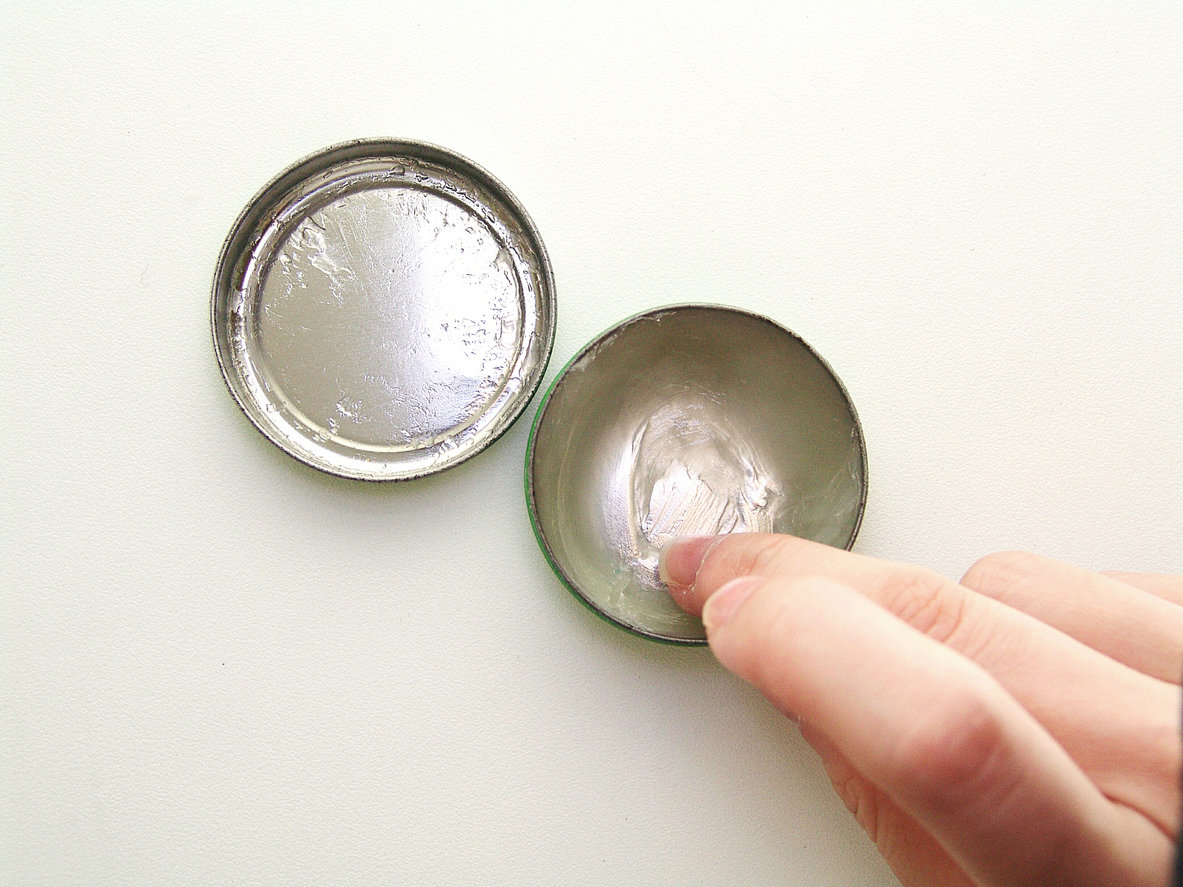
“Feel free to use some Vaseline when on the go,” explains Jaliman. Vaseline will help prevent friction and make the skin less irritated if the chafing has already started, she says.
MANUKA HONEY AND TEA TREE OIL
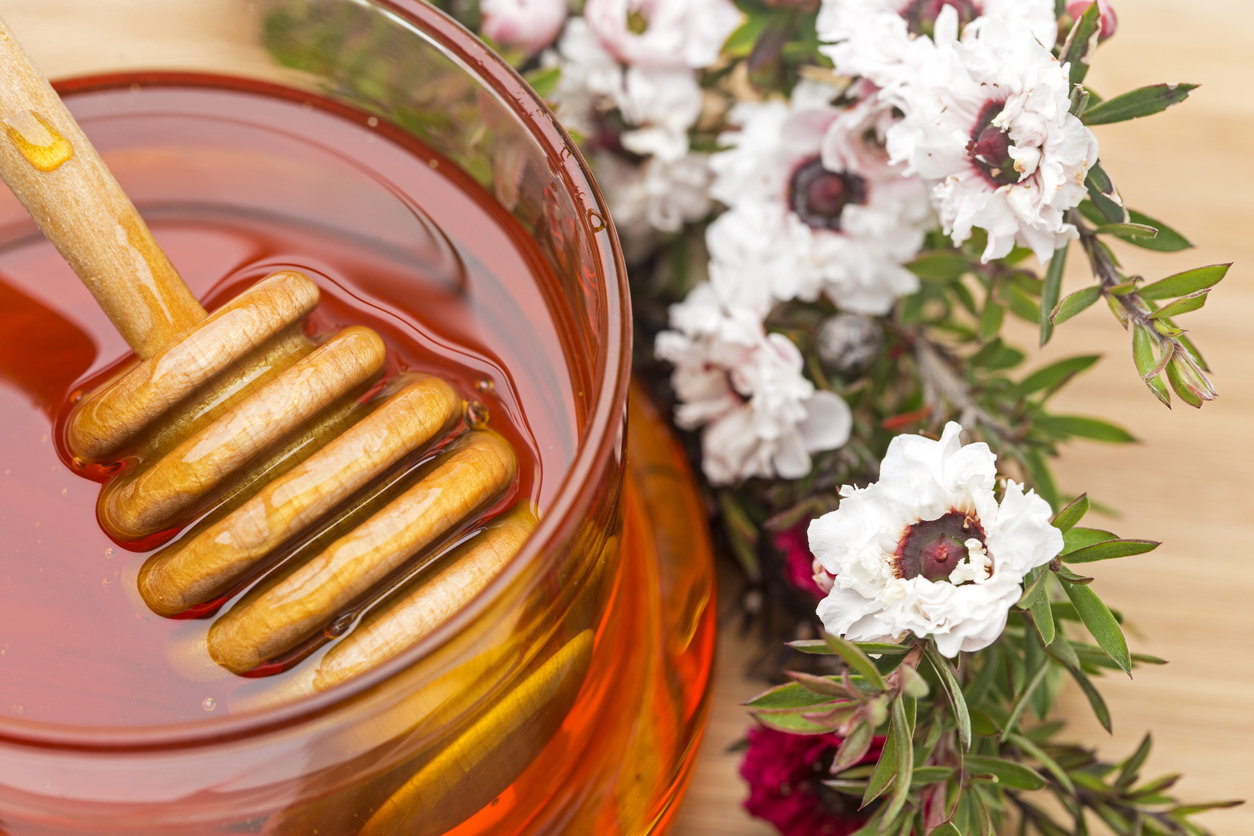
“Manuka honey has antibacterial properties, helps with irritation, and keeps the area moist,” Jaliman suggests. To help prevent infection and can help to restore moisture to the area, she advises applying a mixture of manuka honey and tea tree oil onto the skin.
DIY TURMERIC PASTE
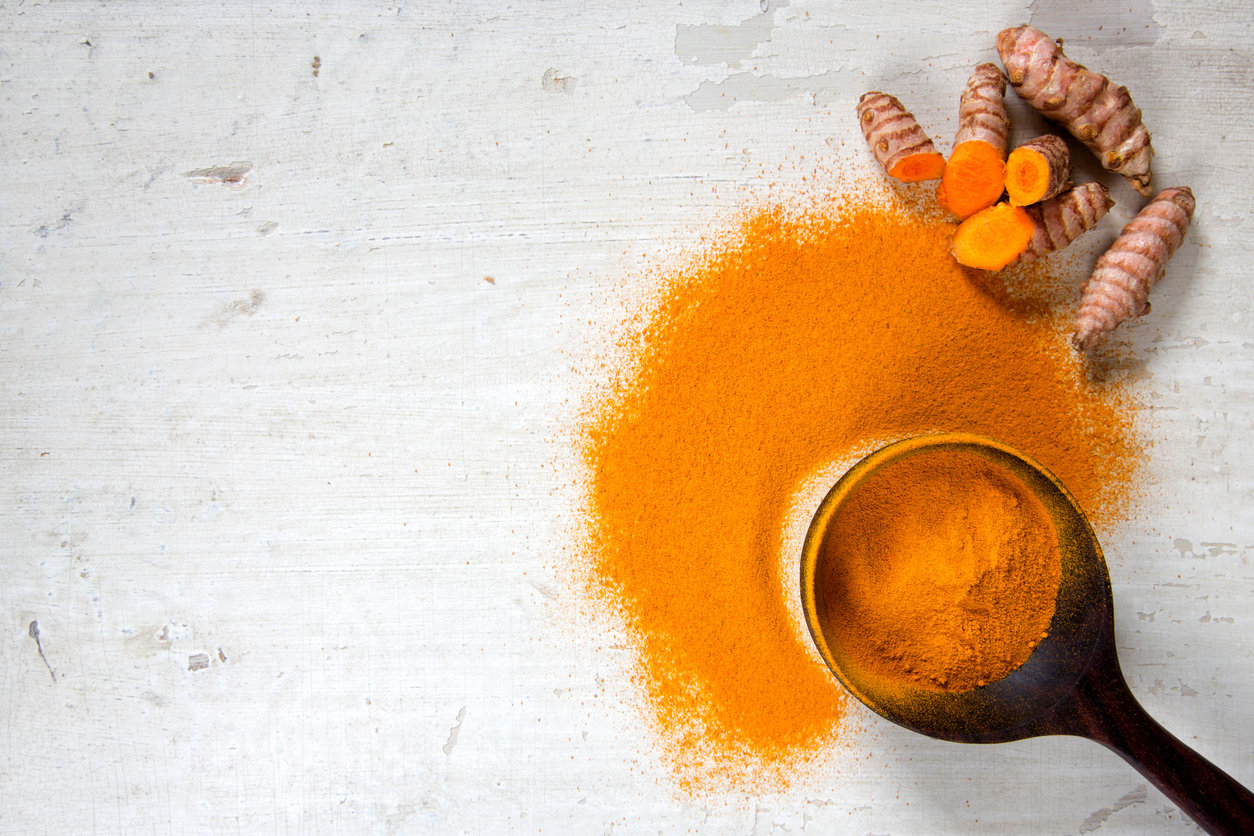
Jaliman says that DIY turmeric paste is an antiseptic and has antibacterial properties. “It will help with healing and removing of chafing scars,” she explains.
COCONUT OIL
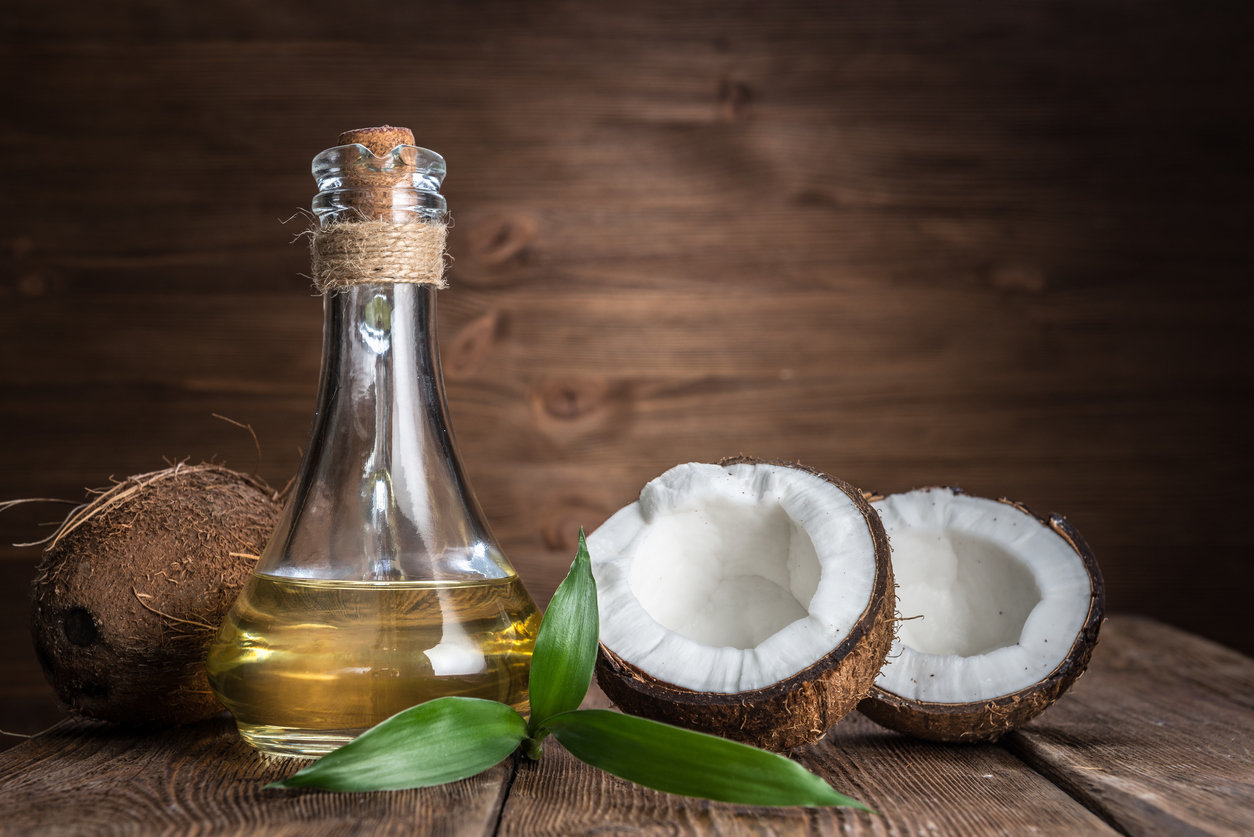
“Oil-based products are the best way to add moisture back into the skin as they are easily absorbed and penetrate deep into the skin,” says board-certified dermatologist Dr. Dendy Engelman. To help moisturize chafing skin, Engleman recommends using coconut oil to reduce friction and calm down inflammation.
GREEN TEA WITH ALOE VERA
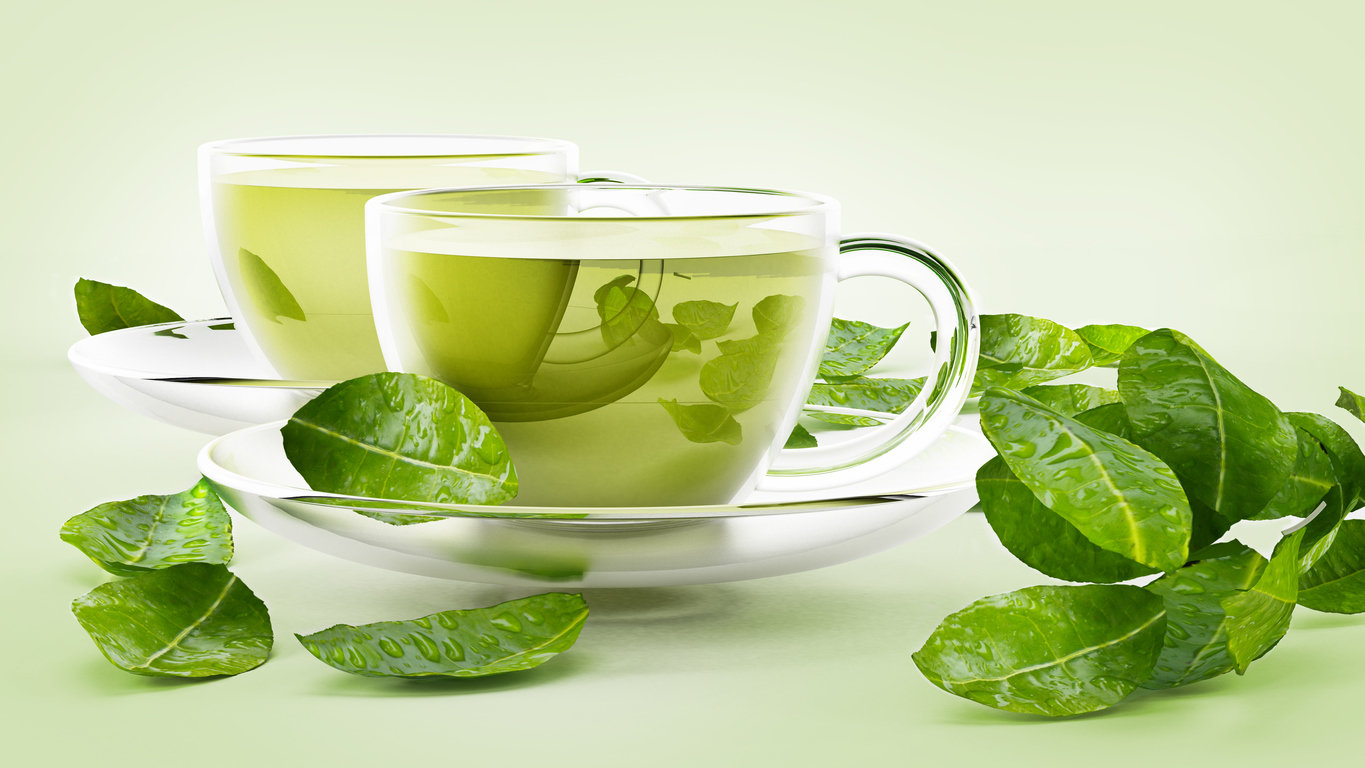
“Green tea and aloe both have calming, anti-inflammatory properties,” Engelman explains. When applied to the skin, they reduce redness and also help to increase healing time, she says.
BAKING SODA
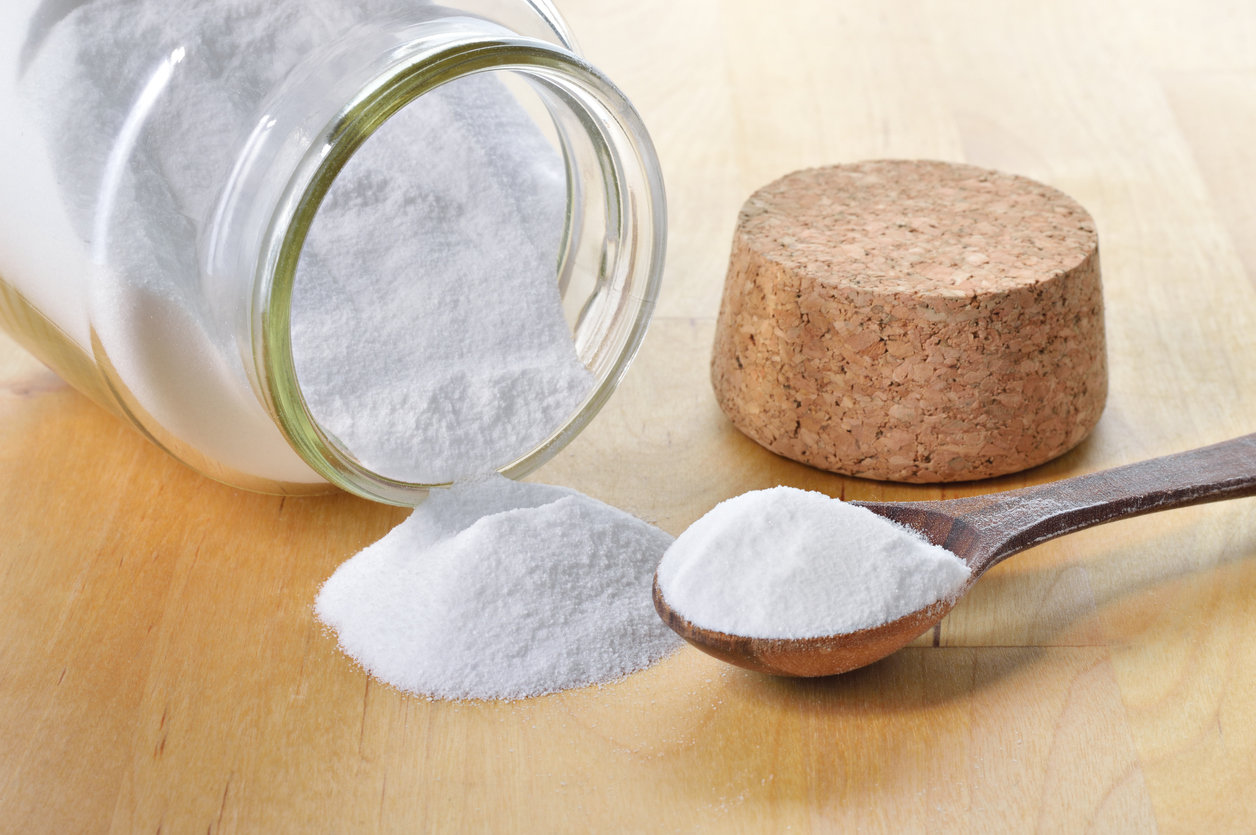
“Baking soda has some anti-inflammatory properties and can help moisturize the skin,” says board-certified dermatologist Dr. Robin Evans. Bath soaking with baking soda (or a paste with the baking soda in cool tap water) is also soothing, she adds.
OLIVE OIL
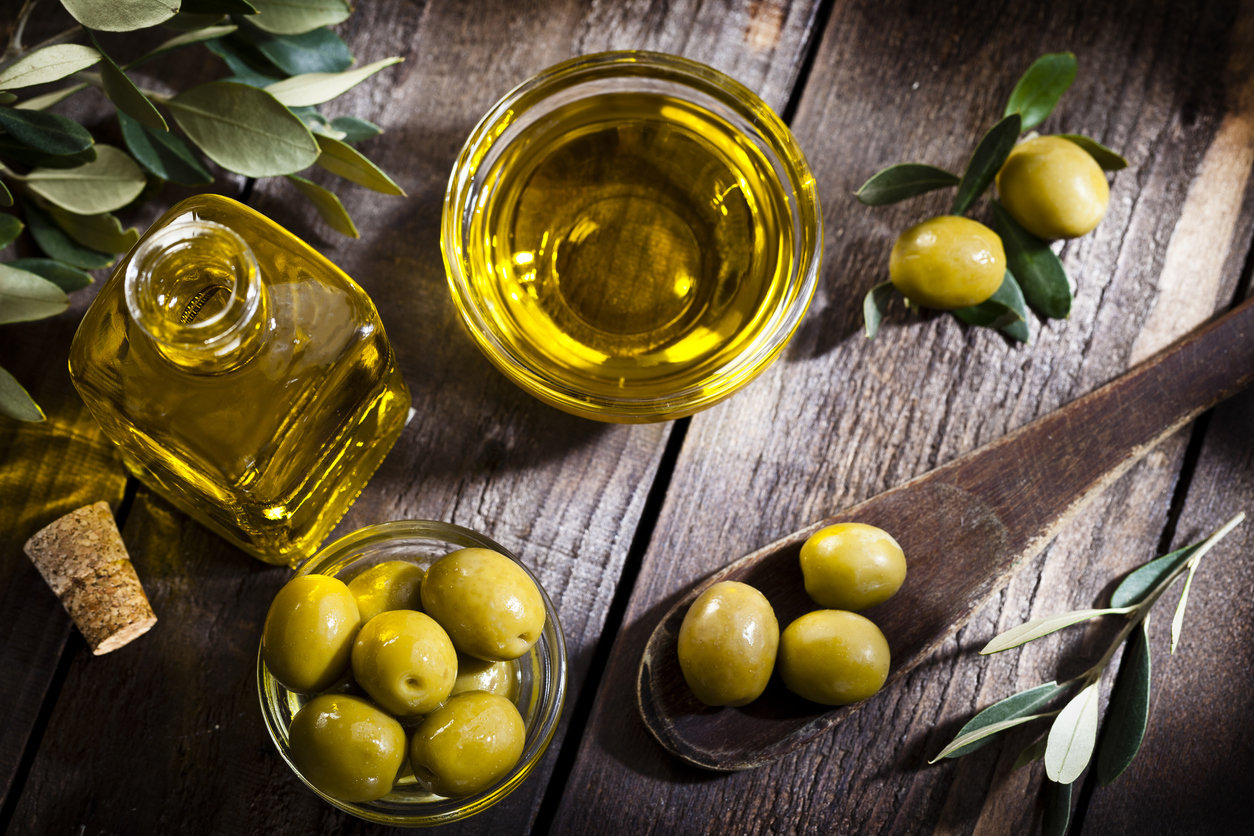
Looking for a coconut oil alternative? Dr. Mara Weinstein Valez of the Women’s Dermatologic Society says that olive oil is another good option to try, especially if all-natural treatments are of interest.
ESSENTIAL OILS
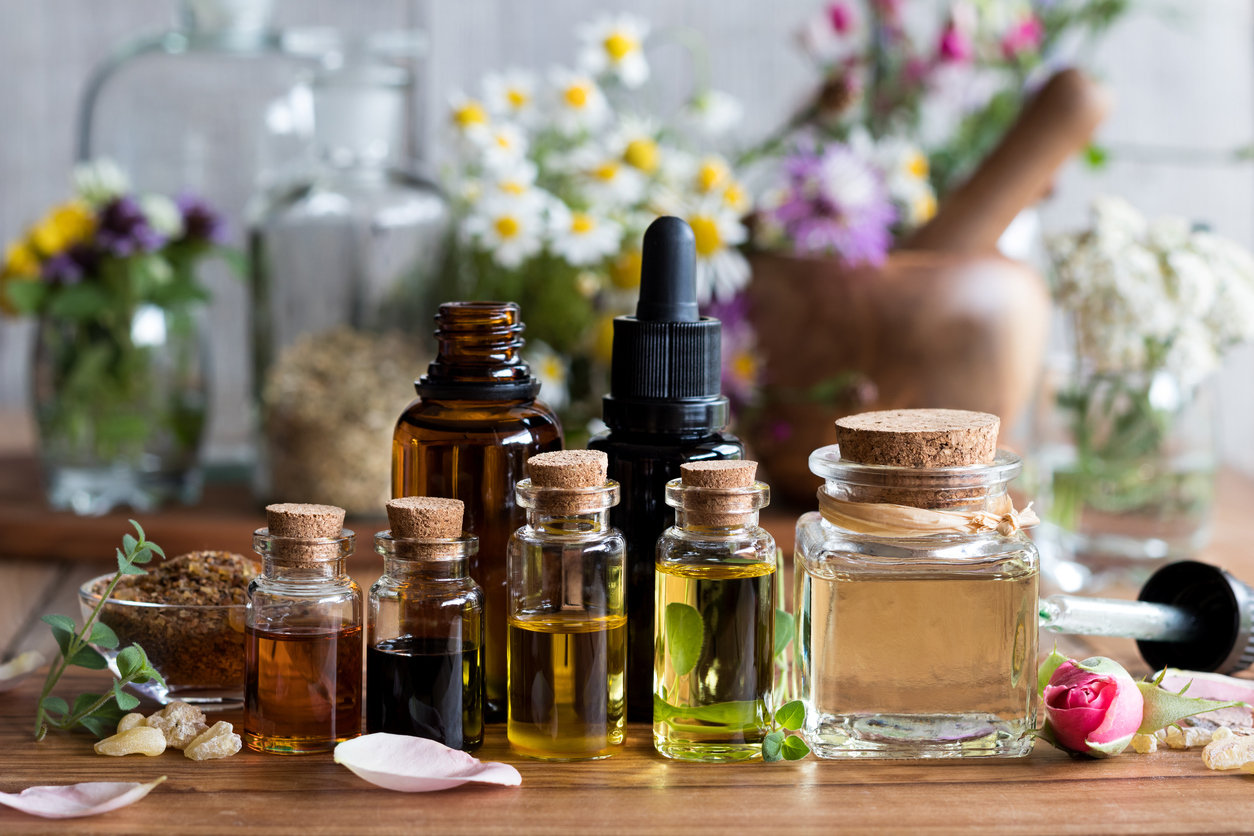
“Use essential oils with antifungal properties such as tea tree, coconut, or oregano oil to inhibit growth or yeast, which prevents healing,” says board-certified dermatologist Dr. Susan Bard.
CRISCO
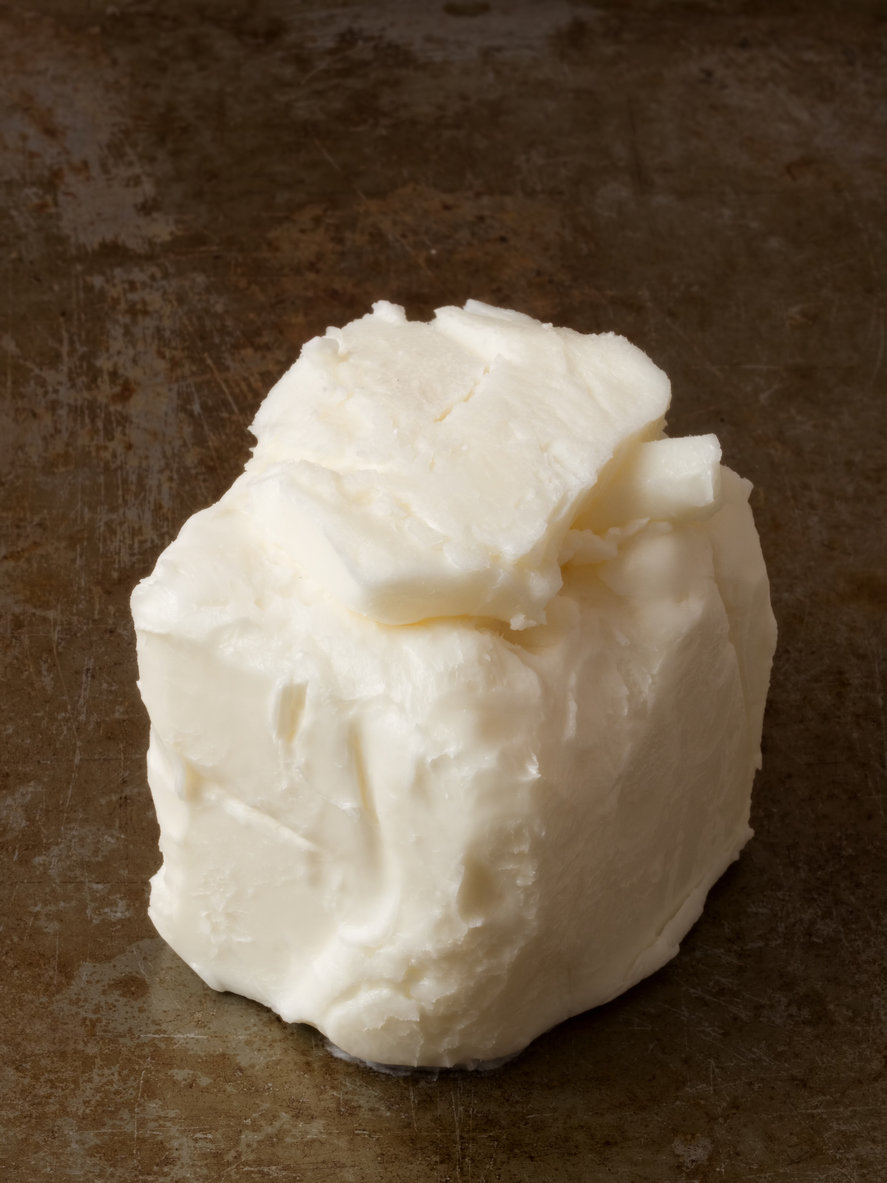
“Plain Crisco was used a lot during my residency for healing dry inflamed skin,” says board-certified dermatologist Dr. Margo Weishar. It is also very inexpensive and best used at bedtime for overnight healing, she suggests.
NEEM OIL
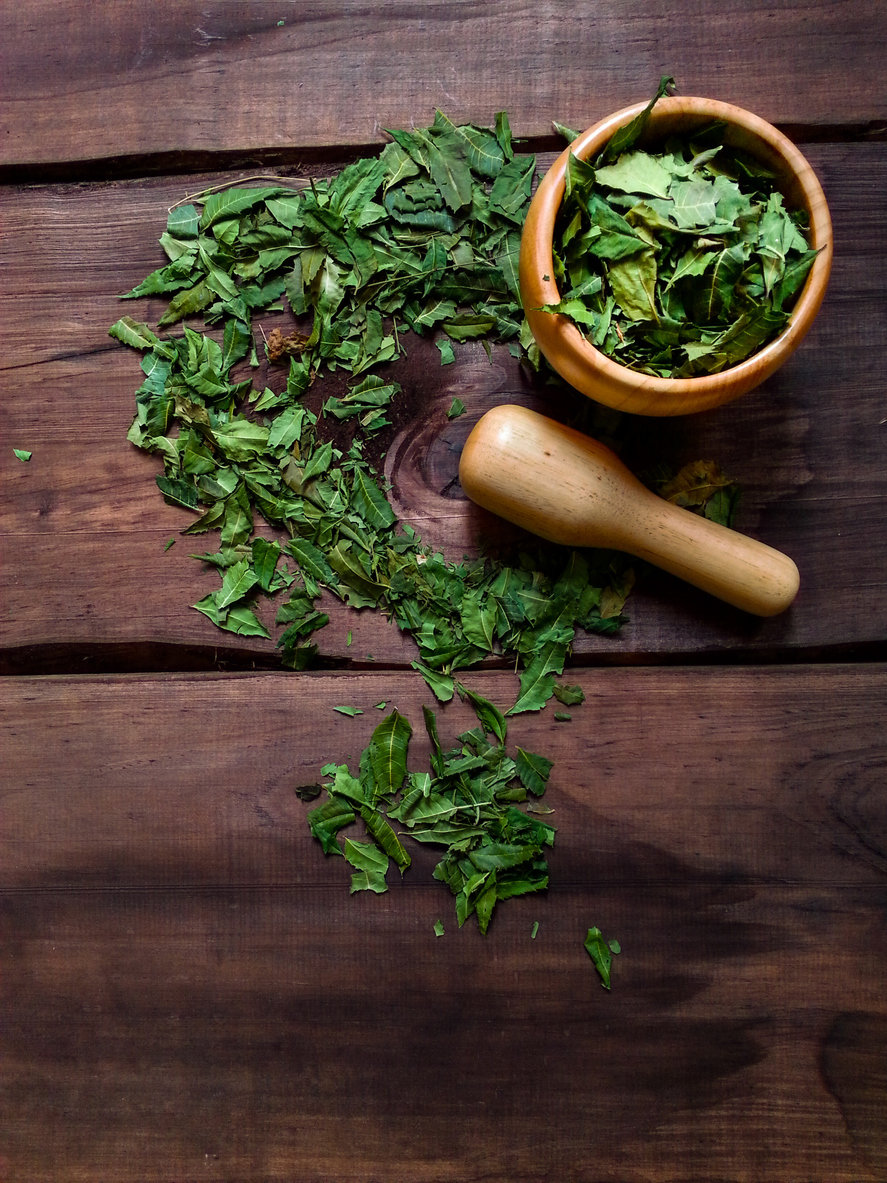
“I discovered Neem oil from lilac trees on a recent trip to India where it an ayurvedic treatment for numerous skin ailments,” says Weishar. It is both soothing and very anti-inflammatory, she notes.
CHIA OIL
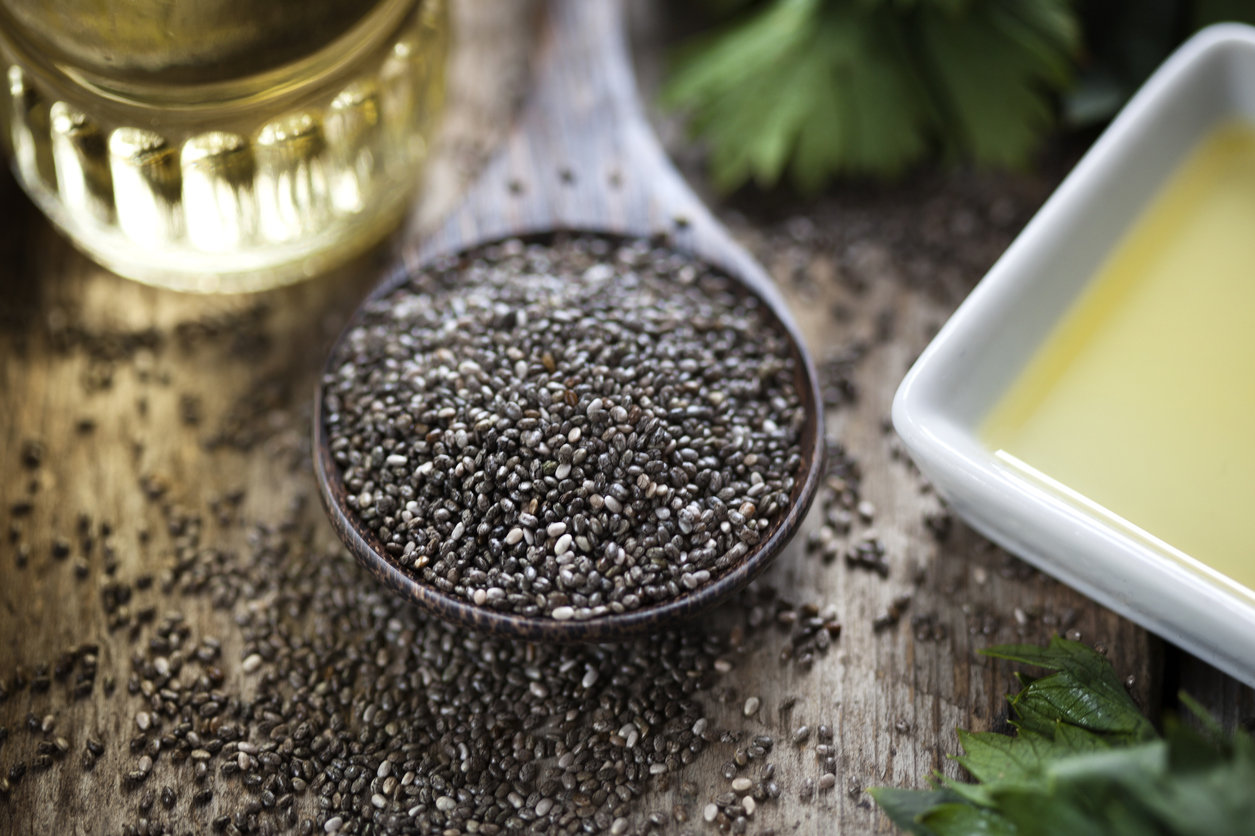
“I love the texture of Chia oil, as it is easily absorbed by the skin and is very anti-inflammatory,” Weishar adds. It also contains antioxidants, which help stressed skin, she suggests.
CALENDULA OIL
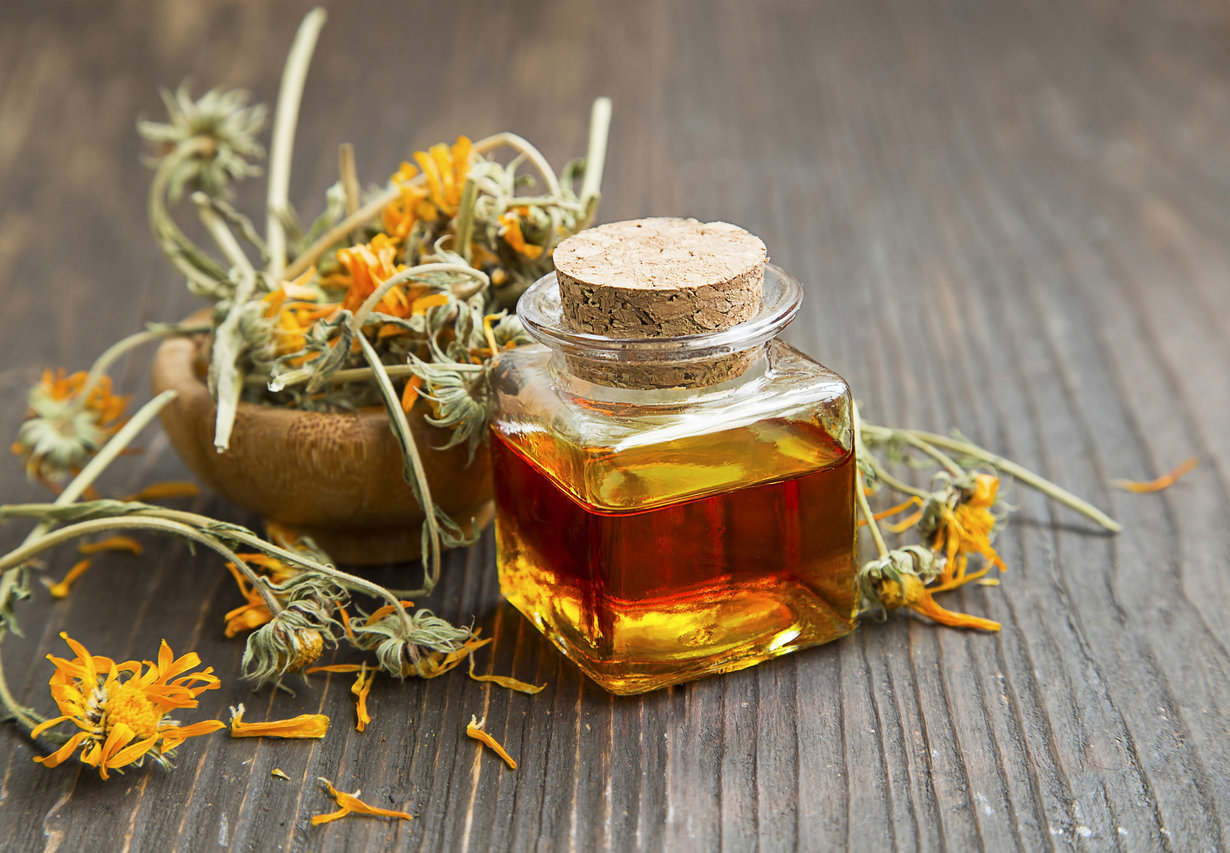
Jaliman explains that calendula oil is an excellent humectant for dry skin and for severely chapped skin. “It also has calming and anti-inflammatory properties, which can help soothe chafing,” she says.
CHAMOMILE TEA
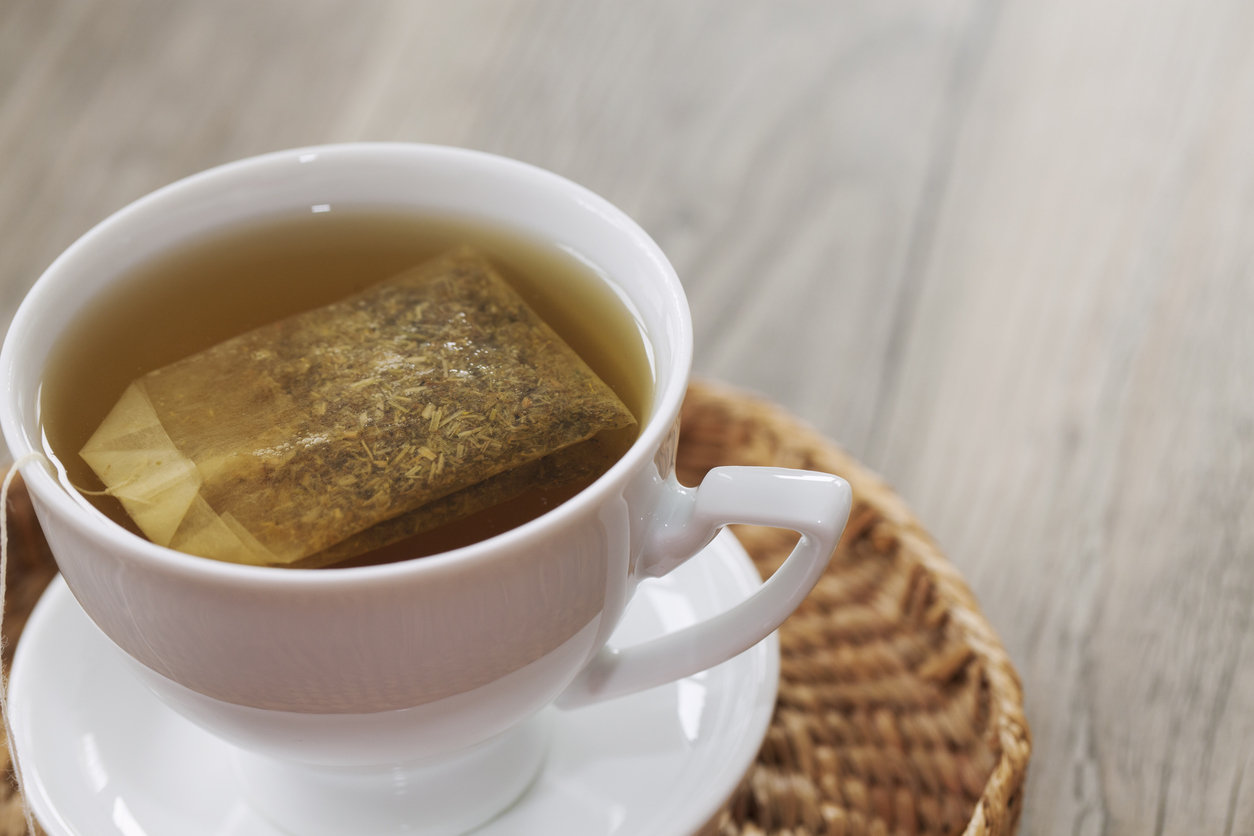
“Chamomile tea is a powerful anti-inflammatory and antiseptic, so it's great for addressing irritations caused by skin chafing,” says Ella Cressman, a licensed esthetician and director of sales and education at Color Up Therapeutics.
CORIANDER (CILANTRO)
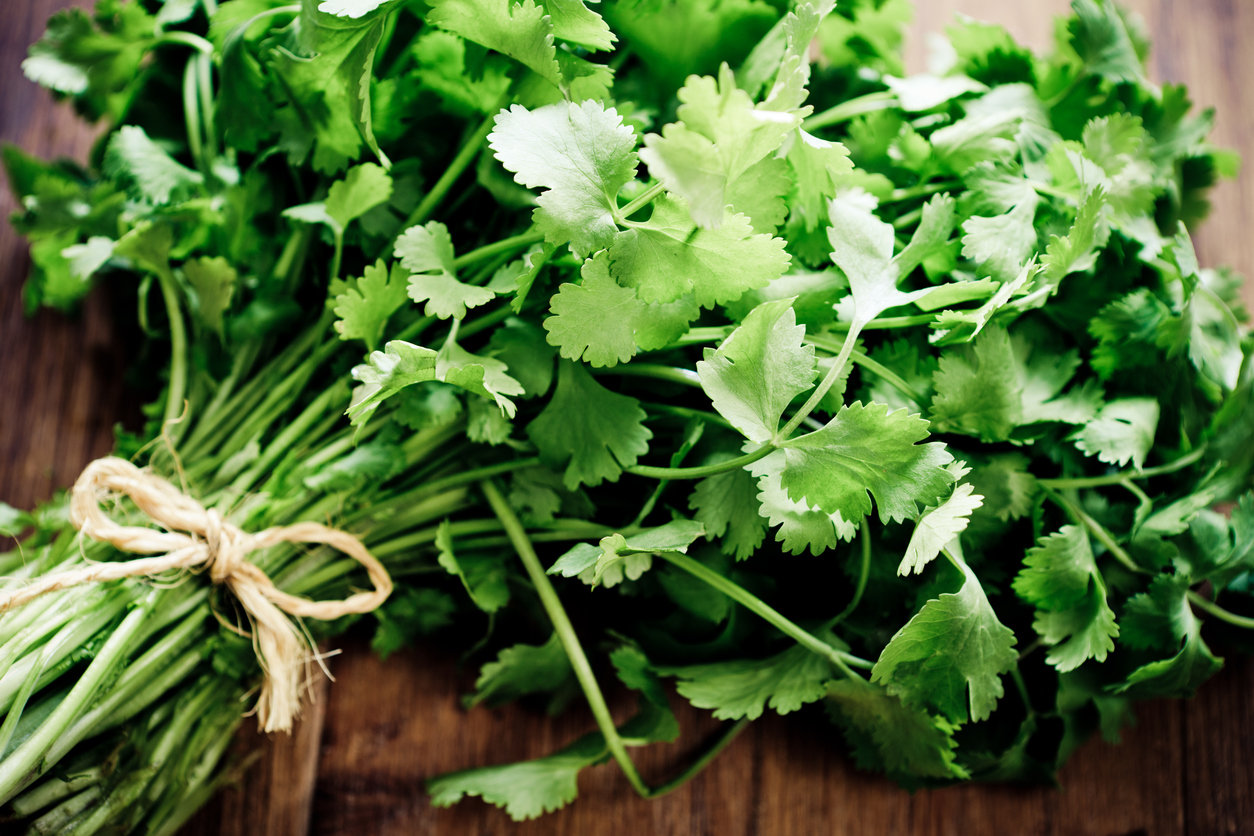
“Coriander (cilantro) not only cools down inflamed skin but is also a powerful antioxidant, a potent antibacterial, antiseptic, anti-fungal, and disinfectant,” Cressman adds. Try making a paste of ground coriander leaves, or add the juice of one bundle to olive or neem oils, she suggests.
GARLiC
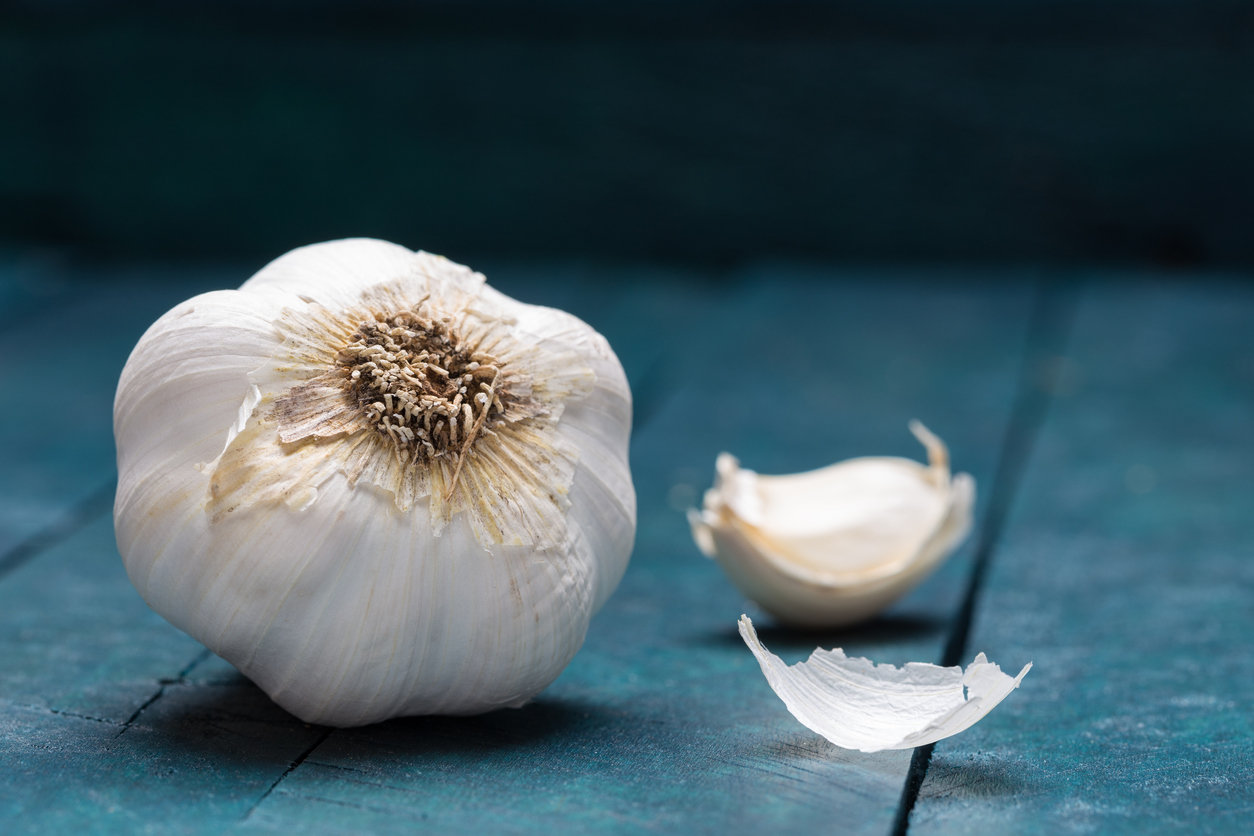
Believe it or not, Cressman suggests that garlic works to relieve swelling while acting as an anti-inflammatory to soothe chafed skin. “Try rubbing the sliced end directly onto the skin, or add one minced clove to two teaspoons olive oil and massage directly onto the affected area,” Cressman says.
SALT
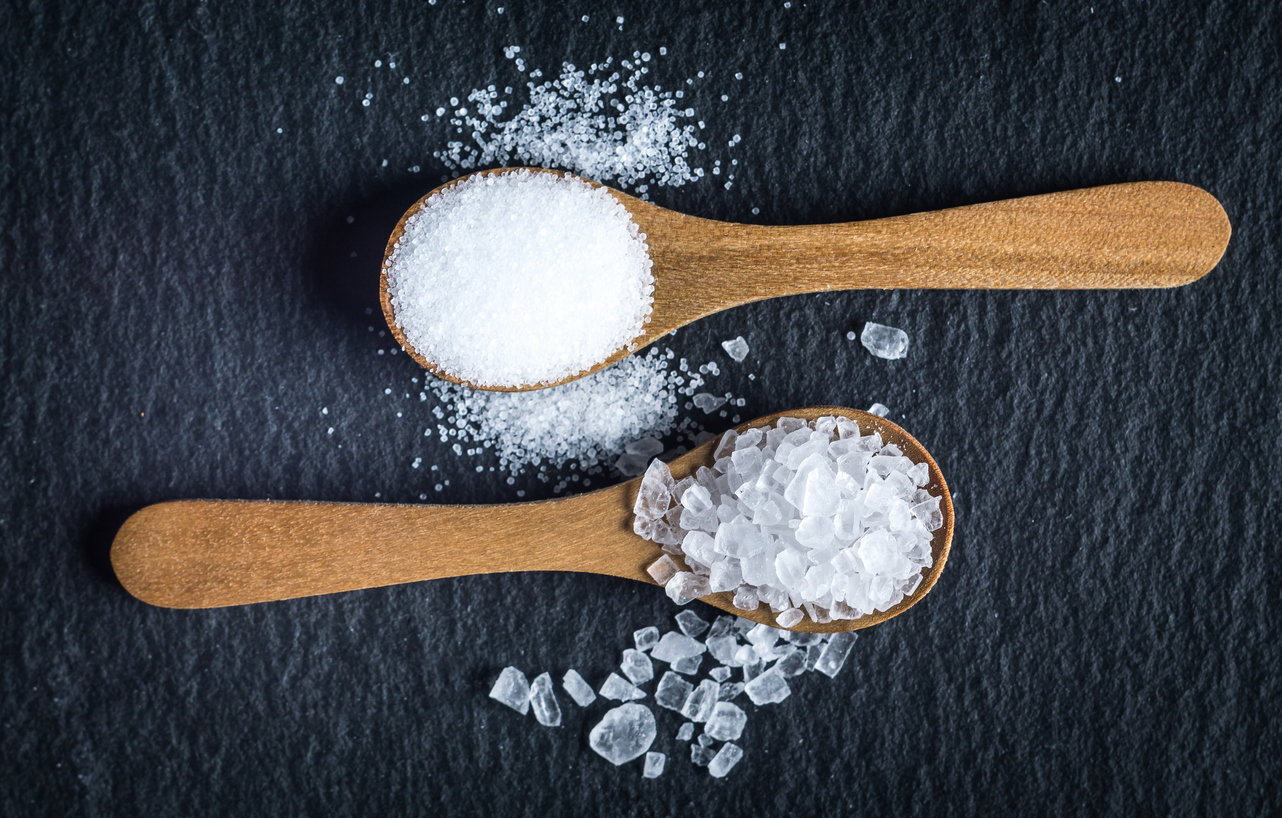
“Though it may feel counterintuitive to add salt to chafed skin, a solution of salt and water works to fight bacteria and balance oil production, which aids in healing chaffed skin,” Cressman recommends. Try adding one teaspoon of salt to four ounces of water, and apply the solution onto the skin with a cotton ball.




